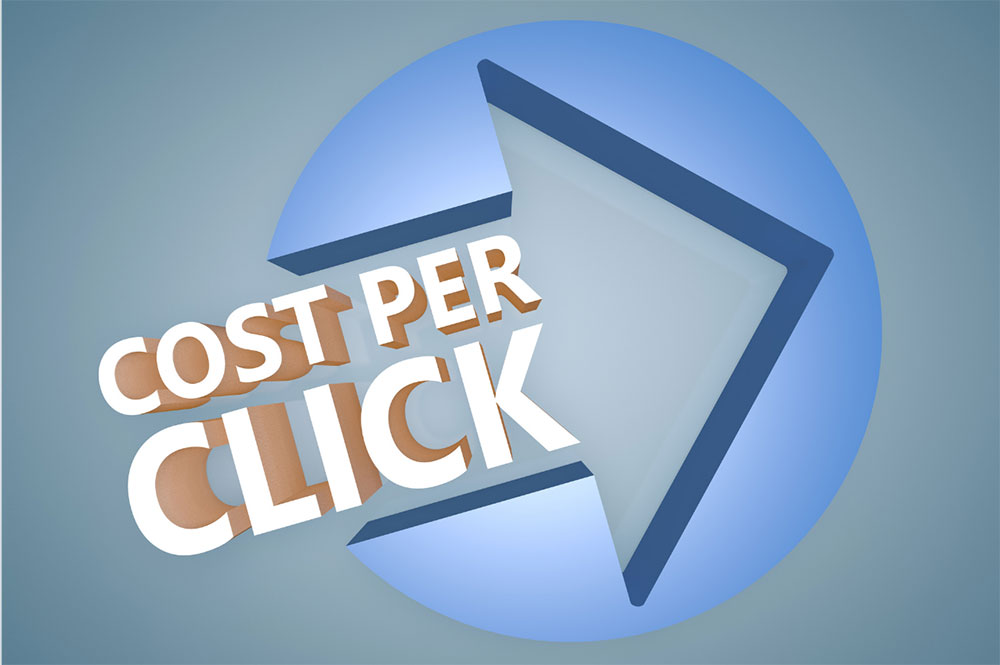How to Reduce Your Google Ads CPC
Table of Contents
In order to be competitive, you need to find ways to reduce your Google Ads CPC. Our team at Aliado Marketing Group is going to break down a few ways to help you do precisely that with six ways to reduce your Google Ads CPC.

What is Google Ads CPC?
CPC stands for Cost-Per-Click and refers to the amount of money you pay every time someone clicks on your ad.
Your CPC is determined by several factors, including your quality score, maximum bid, and ad rank in the relevant keywords compared to competitors.
How to Reduce Your Google Ads CPC:
1. Lower Your Bids
Lowering your bids is a basic yet effective starting method to lowering your average CPC. When you drop your bids, Google provides a lower Max CPC.
The bid amounts are related to the position of your ad. Be aware, however, that there is only so much control you have on the CPC. Therefore, we recommend experimenting with different keywords and bids to find what might push you ahead of the competition.
Readjust your bids (lowering them by $0.5-1) and let the ad run for a week if your conversion begins to plummet. Then, take that week’s results, understand the impacts of these changes, and attempt to go from there.
2. Change Your Approach To Keywords
There is a common mistake made amongst marketers when it comes to keywords. They assume that something will stick if they just throw out keywords without thinking too long and hard about it. This method is not only a waste of money; it’s also not a wise decision.
When deciding on keywords for your ads, consider the broad keywords and then the variations. Competition is tough across the board, and copy-pasting keywords might work once in a while, but for the most part, it won’t break you into the top search result.
Start thinking about words that relate to your business, service, or product. Then, run these keywords and keyword variations through Google’s Keyword Planner tool (or something of the same caliber) and learn about their reach, competitiveness, etc. Finally, take this research and apply your findings to the setup of the ad.
3. Longtail Method
When you’re working in incredibly competitive fields, target the bottom of the funnel. This might sound like a terrible suggestion, but the truth is, it can yield great results.
When using the longtail method, be specific. An excellent example of this is when you’re selling toilet paper, this will obviously be a difficult keyword to break into. Get specific, talk about its makings, materials, or design; ‘hemp toilet paper,’ or ‘organic toilet paper.’ You will not only find an audience, but you’ll also find one that is actively searching for the very thing you’re trying to sell.
Longtail keywords will definitely lower your CPCs as well as improve your conversion rate. The wonderful thing about longtail keywords is that you can have multiple variations of the exact same point driving them to the product due to their length. So you’ll be speaking to all the people looking for the same product but searching differently.

4. Relevancy
This is like that one word everyone who works with websites and digital marketing probably collectively hates the most. But, sadly, that doesn’t change its importance.
Relevancy is probably one of the most important determining factors of how Google will judge you and the quality score for your keyword. So how do you improve your relevance? One important method is to include keywords from the ad group into elements of the ad, such as the headline or description.
Additional keywords mean your relevance increases as you start speaking to more parts of the internet. As your ad relevancy increases, so does your quality score. Inturn your CPC decreases.
5. Improve Quality Score
One of the ways to improve your quality score is relevancy, as previously mentioned. Now we’re going to talk about two other methods of improving your quality scores; landing pages and ad groups.
Landing Pages
Google ranks almost everything. So if your ad is ‘above average’ but the landing is ‘below average,’ consider finding the most relevant landing to the ad and the keyword. This means choosing a landing page with the keyword on the page or the features/aspects of the product/service mentioned.
Ad Groups
Work towards creating themed lists of keywords and ad groups to effectively set up your campaign and achieve a good quality score.
Take your work or business, and structure your ad groups by product and service categories that you’re looking to promote online.
For example, suppose you have a webpage for selling cooking utensils. In that case, you’d create separate groups for each type of utensil and select the best landing page for each keyword.
6. Look Beyond Keywords Consider Other Targeting Methods
Don’t neglect other considerations for your ad set up beyond just keywords. There are other targeting methods you need to consider when setting up or adjust your ad campaigns, such as;
- Which location is driving higher quality traffic?
- What time of day is the conversion higher?
- Which day is driving the most traffic?
- What device is used the most?
Learn from these trends, and target the ads better to fully utilize the time and budget of the ad. For example, if the ad is doing poorly on Wednesday, stop it from running Wednesdays. On the other hand, if the ad is doing exceptionally well on Monday, bump up Monday’s budget.
There you have it, some sure-fire ways to reduce your google Ads CPC today! If you’ve read through this and still think you might need additional professional help, get in touch! We can help improve your CPC with our team at Aliado Marketing Group.
Categories
Latest Articles
Stay up to date
with news and
educational information
[hubspot type=”form” portal=”5213843″ id=”b19f3e1c-0beb-4946-9d04-2bb47dfa17e0″]











Leave a Comment
You must be logged in to post a comment.